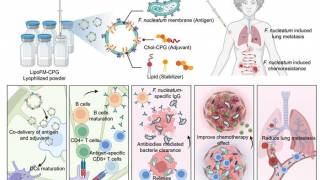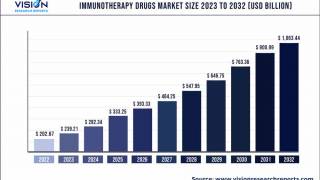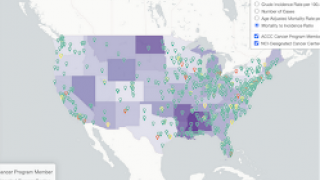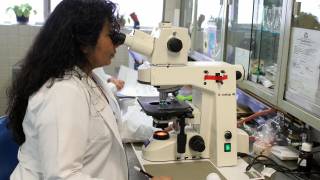Cancer Prevention Vaccine’s Disproportionate Uptake

For the first time, there is worldwide data available on the utilization of the human papillomavirus (HPV) vaccine, which protects both females and males from cancer.
As of 2018, 90 countries had introduced the HPV vaccine into their national vaccination programs, reported the World Health Organization (WHO) on July 15, 2019.
But, these 90 countries cover only 31 percent of 9-14 years old females who are least likely to have access to the HPV vaccine.
Unfortunately, those young women living in lower-income countries are most at risk of cervical cancer.
Higher-income countries such as the USA, have generally achieved higher HPV vaccination coverage than lower-income countries, reports the WHO.
In the USA, HPV vaccines have been licensed for use among women since 2006 and among men since 2010.
HPV vaccination rates are increasing, as more children are up to date on HPV vaccination, reports the US Centers for Disease Control and Prevention (CDC).
In 2017, 49 percent of adolescents were up to date on the HPV vaccine, and 66 percent of teenagers ages 13-17 years received the first dose to start the vaccine series.
On average, the percentage of adolescents who started the HPV vaccine series increased by 5 percentage points each year over the past 5 years (2013-2017) in the USA.
The CDC says HPV is a group of more than 150 related viruses. There are 2 categories of HPVs -- low-risk HPVs, which do not cause cancer, and high-risk HPVs, which can cause cancer.
The HPV high-risk causes genital warts and several types of HPV cancers, including cervix, vulva, vagina, penis, or anus.
Merck's Gardasil 9 HPV vaccine is currently available in the USA.
HPV news
- Air Force Servicewomen Most Protected From Preventable Cancers
- China’s HPV Vaccine Concerns Continue
- HPV Vaccine Now Recommended For ‘GenX’
- VGX-3100 Cancer Immunotherapy Ready to Launch HPV Phase 2 Study
Most countries have standard recommendations regarding which vaccines should be offered and at what ages they should be given, says the WHO.
In general, vaccines are recommended for the youngest age group at risk for developing the disease whose members are known to respond to the immunization without adverse effects.
Dr. Tedros Adhanom Ghebreyesus, Director-General of the WHO, said in a press release, “While most children today are being vaccinated, far too many are left behind. Unacceptably, it’s often those who are most at risk– the poorest, the most marginalized, those touched by conflict or forced from their homes - who are persistently missed.”
Countries with the most unprotected children countries account for 19.4 million under and unvaccinated children in the world (60%), says the WHO.
Most unvaccinated children live in just 16 countries - Afghanistan, the Central African Republic, Chad, Democratic Republic of the Congo (DRC), Ethiopia, Haiti, Iraq, Mali, Niger, Nigeria, Pakistan, Somalia, South Sudan, Sudan, Syria, and Yemen.
Since 2000, the WHO and UNICEF jointly produce national immunization coverage estimates for the Member States on an annual basis.
Our Trust Standards: Medical Advisory Committee

























